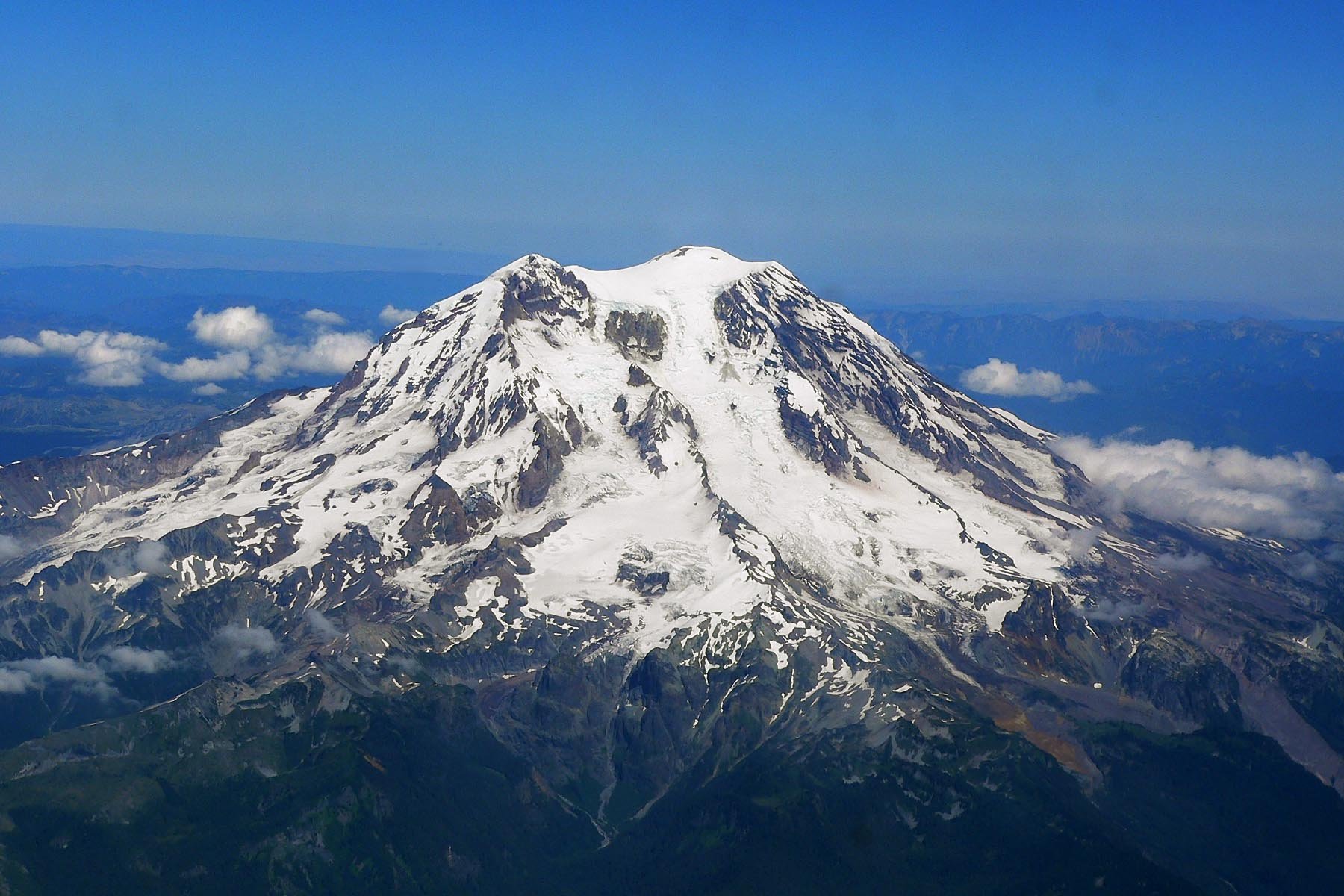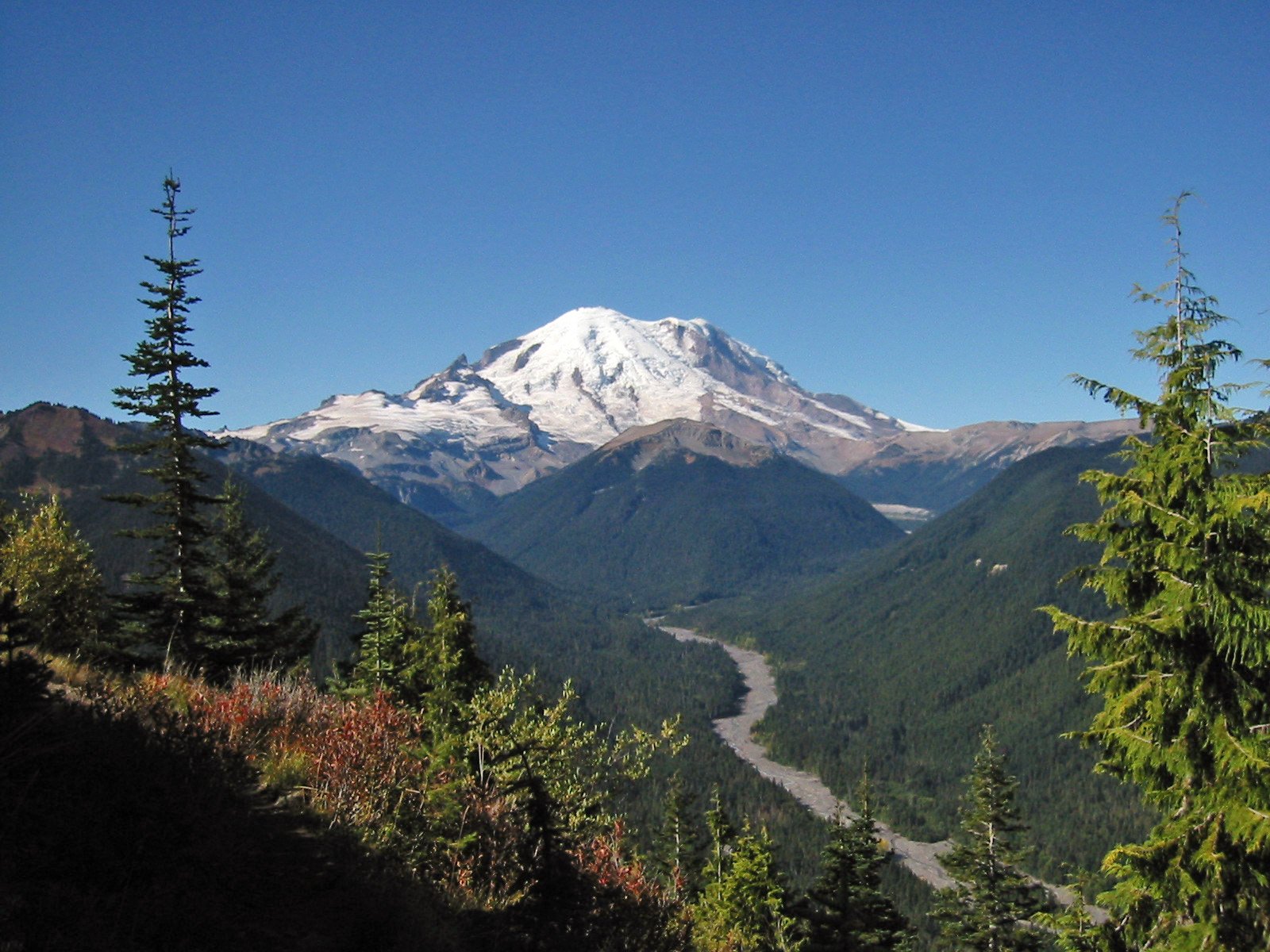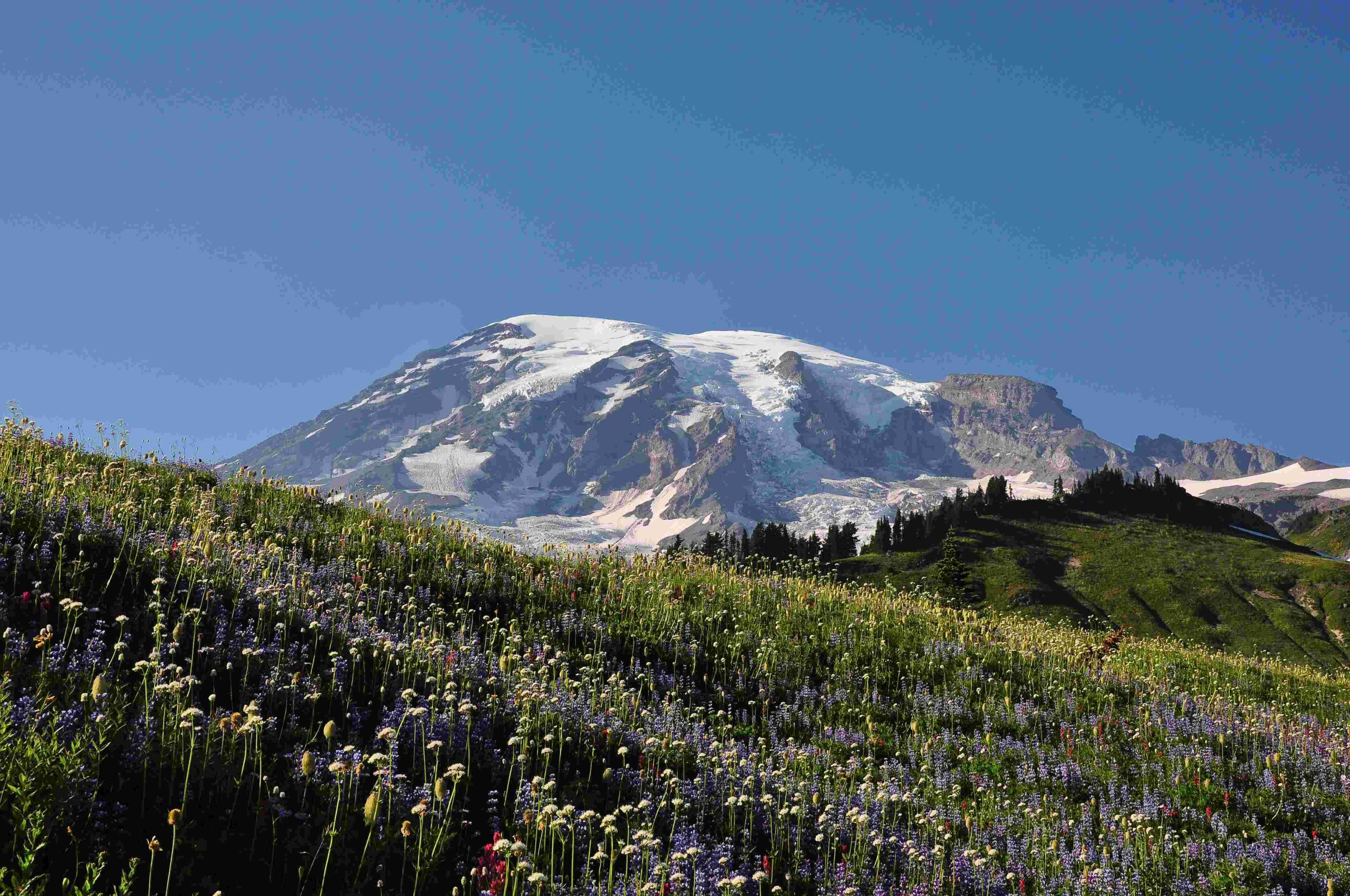Mount Rainier, located in Washington State, is renowned for its record-breaking snowfall. The Paradise area of Mount Rainier National Park holds the title for the highest recorded snowfall in a single season in the United States. This iconic peak’s snowfall patterns, measurement methods, and impact on visitors have fascinated scientists, adventurers, and nature enthusiasts for decades. In this comprehensive exploration, we’ll delve into the specifics of Mount Rainier’s record snowfall, its historical context, and what it means for those who wish to experience this winter wonderland firsthand.
What is the Highest Recorded Snowfall at Mount Rainier?

The crown jewel of Mount Rainier’s snowy reputation is its record-breaking snowfall during the 1971-1972 winter season. During this period, the Paradise Ranger Station, situated at an elevation of 5,400 feet, received an astounding 1,122 inches of snow. To put this into perspective, that’s equivalent to 93.5 feet of snow – nearly as tall as a 10-story building!
This record-setting year far surpassed the average annual snowfall at Paradise, which typically hovers around 640 inches (53.3 feet). The sheer volume of snow during the 1971-1972 season solidified Mount Rainier’s status as one of the snowiest places on Earth.
How is Snowfall Measured at Mount Rainier?

Accurate measurement of snowfall is crucial for maintaining records and ensuring visitor safety. At Mount Rainier, several methods are employed to measure and monitor snowfall:
- Snowfall Gauges: These instruments are strategically placed in open areas to measure the depth of new snow.
- Snowpack Measurements: Regular assessments of snowpack depth and water content provide valuable data on overall snow conditions.
- Automated Weather Observing Systems (AWOS): These sophisticated systems include sensors for various weather parameters, including precipitation.
- Manual Observations: Park rangers and meteorologists conduct hands-on measurements to complement automated data and ensure accuracy.
- NOAA and National Weather Service Standards: All measurements adhere to strict guidelines set by these authoritative bodies to maintain consistency and reliability.
What is the Historical Context of Mount Rainier’s Snowfall?
To truly appreciate Mount Rainier’s record snowfall, it’s essential to understand its historical context. Here’s a breakdown of key snowfall statistics and trends:
Average Annual Snowfall
- Paradise area: Approximately 640 inches (53.3 feet)
Record-Breaking Years
- 1971-1972: 1,122 inches (93.5 feet)
- 1974-1975: 1,000 inches (83.3 feet)
- 1955-1956: 963 inches (80.25 feet)
Lowest Recorded Snowfall
- 1980-1981 and 2014-2015: 266 inches (22.2 feet) each
Snowfall Trends
- Climate Change Impact: Glaciers have shrunk by one-third in area and lost 45% of their thickness since 1900.
- Increased Variability: Recent years have shown greater fluctuations in snowfall amounts, likely due to changing climate patterns.
How Does Record Snowfall Affect Visitor Access and Activities?
The extraordinary snowfall at Mount Rainier presents both challenges and opportunities for visitors. Here’s what you need to know:
Access and Transportation
- Road Closures: Heavy snowfall often leads to temporary road closures, especially to the Paradise area.
- Parking: Limited during peak snow periods; arrive early or use shuttle services when available.
- Chains Required: Visitors must carry tire chains and be prepared to use them.
Visitor Facilities
- Paradise Visitor Center: Open year-round, provides information and basic amenities.
- Lodging: National Park Inn (open year-round) and Paradise Inn (seasonal).
- Dining: Options available at both inns and the visitor center.
Winter Activities
- Skiing (both downhill and cross-country)
- Snowshoeing
- Sledding (in designated areas)
- Winter hiking (with proper equipment)
Safety Considerations
- Avalanche Risk: High during heavy snowfall periods; check advisories before venturing out.
- Rapidly Changing Weather: Be prepared for sudden shifts in conditions.
- Proper Equipment: Essential for all winter activities.
What Are the Environmental Implications of Mount Rainier’s Snowfall Patterns?
The snowfall patterns at Mount Rainier have significant environmental implications:
- Glacier Health: Snowfall directly impacts the health and longevity of Mount Rainier’s glaciers.
- Water Resources: The snowpack serves as a crucial water reservoir for the surrounding region.
- Ecosystem Balance: Snow levels affect plant and animal life cycles in the park.
- Climate Indicators: Changes in snowfall patterns provide valuable data on climate trends.
How Can Visitors Prepare for Mount Rainier’s Extreme Snow Conditions?
To make the most of a visit during high snowfall periods, consider these tips:
- Check park updates and weather forecasts regularly.
- Bring appropriate winter gear, including waterproof clothing and sturdy boots.
- Learn about avalanche safety and carry necessary equipment if venturing into backcountry areas.
- Be flexible with your plans, as weather can change rapidly.
- Respect closures and warnings issued by park officials.
Mount Rainier’s record snowfall is not just a statistic; it’s a testament to the raw power and beauty of nature. Whether you’re a winter sports enthusiast, a nature photographer, or simply someone who appreciates the majesty of snow-capped peaks, Mount Rainier offers an unparalleled experience. By understanding its snowfall patterns and preparing accordingly, visitors can safely enjoy this winter wonderland and witness firsthand why it’s considered one of the snowiest places on Earth.
References:
1. Mt. Rainier Paradise, Washington 5420 – Bestsnow.net
2. Washington State Historic Snowfall Comparison: Mount Rainier vs Mount Baker – Snowbrains.com
3. How is the ‘snowiest place on Earth’ faring in this record-hot summer? – Geekwire.com

